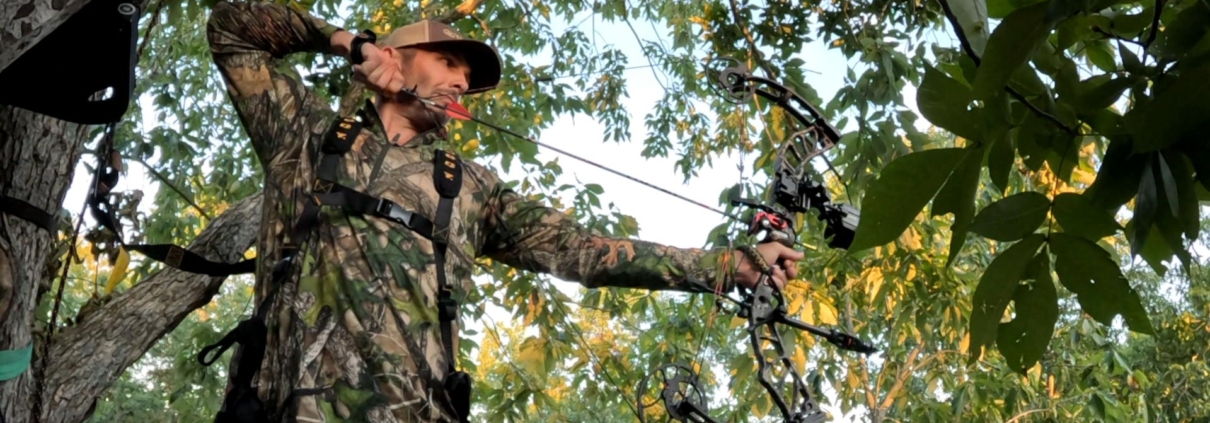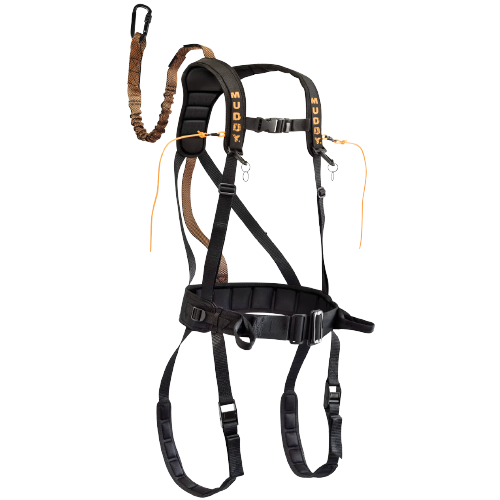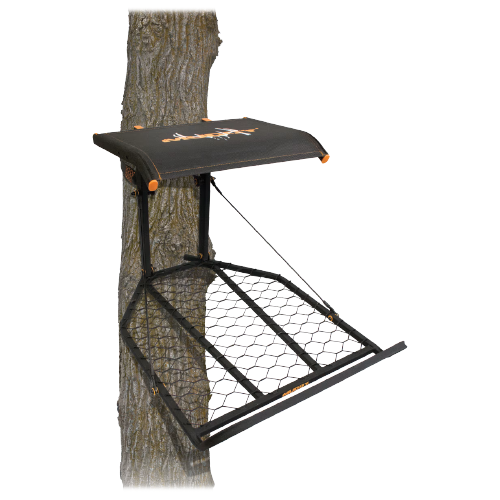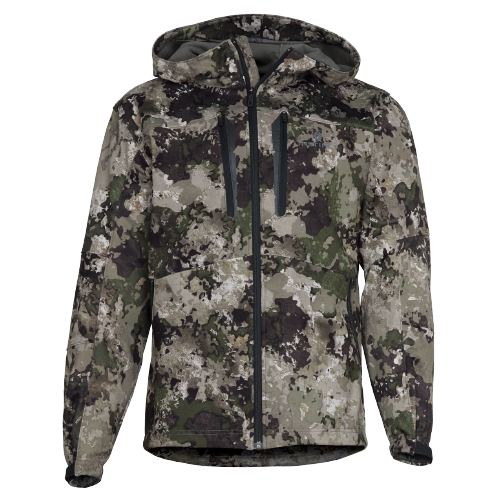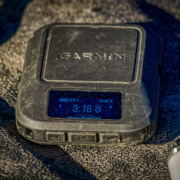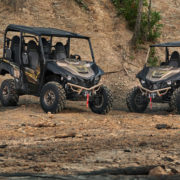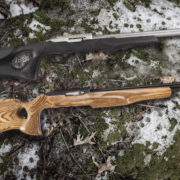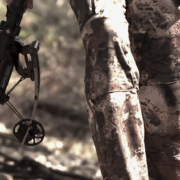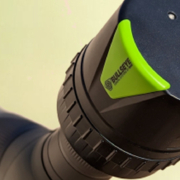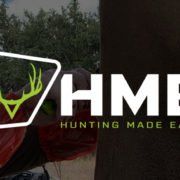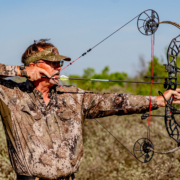Tree Stand Safety: Essential Tips for a Safe and Successful Hunt
by Wade Middleton
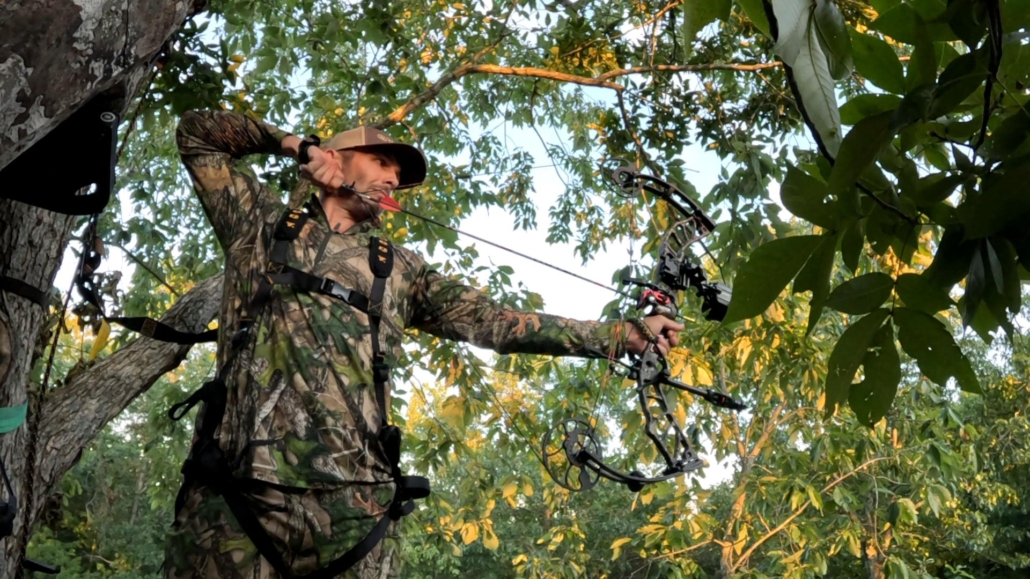
Hunting is a beloved activity enjoyed by people all over the world, and in North America, whitetail hunting stands out as one of the most popular pursuits. Whether hunters are out for enjoyment, filling their freezers, or seeking the animal of a lifetime, one aspect remains crucial for everyone—tree stand safety. When you’re climbing into a tree stand, safety should always be your top priority. Here’s how to prepare for a safe, successful hunt while ensuring that you return home without incident.
Finding the Perfect Tree
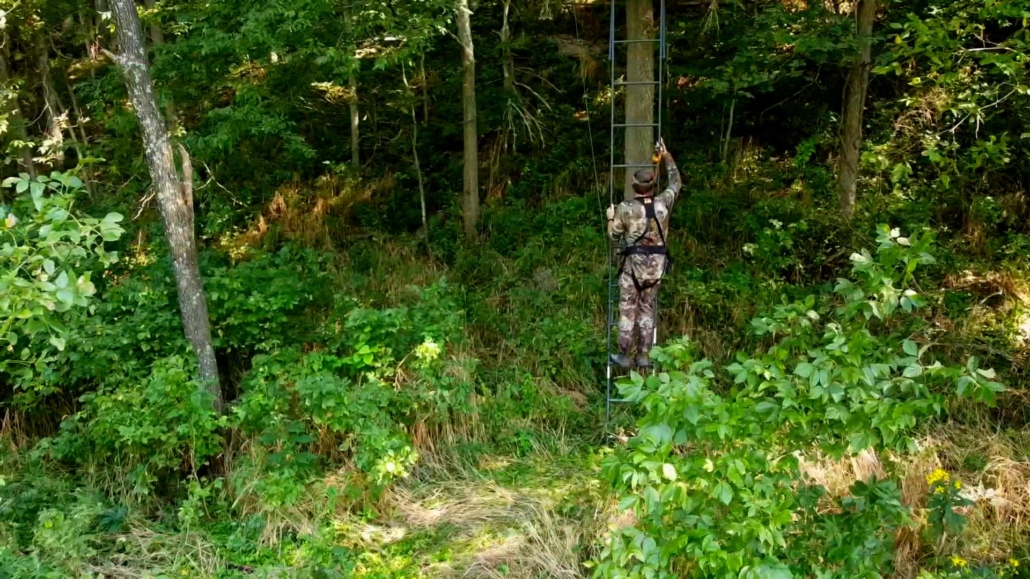
The foundation of tree stand safety starts with selecting the right tree. Look for a healthy, live tree that offers good cover and is strong enough to support your weight and equipment. Avoid trees that show signs of rot or instability, as they pose serious risks. Trees that are too small, crooked, show signs of dead branches or rotten areas or simply have large knots can prevent your climbing sticks from securely attaching. If a tree doesn’t meet these criteria, it’s best to move on and find another. Ensuring a solid, stable tree is your first step towards a safe hunt.
Safety Line and Harness: Your Lifesavers
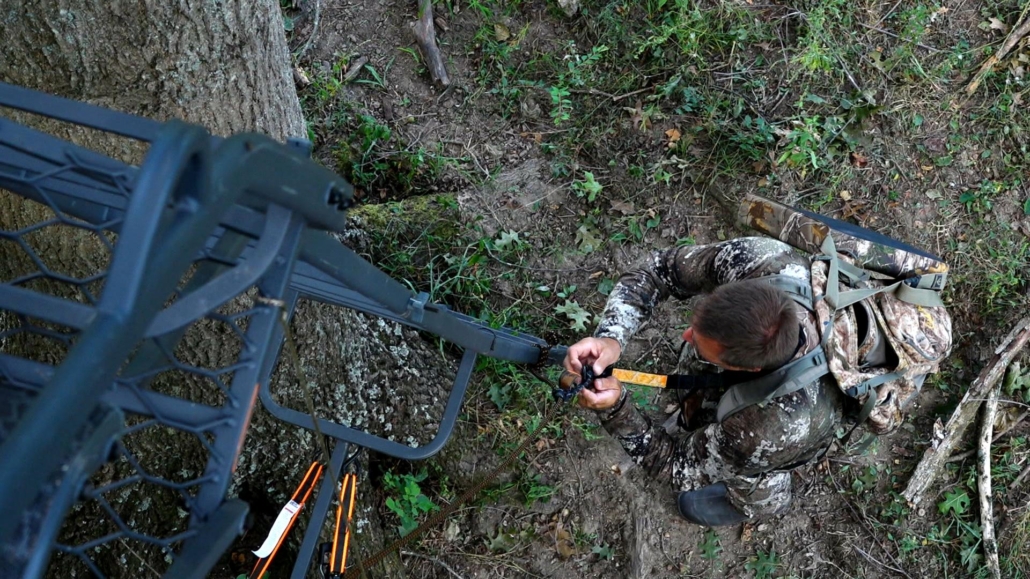
Once you’ve chosen the right tree, the next step is to set up your safety line. Anytime you leave the ground, your safety line needs to be attached to both the tree and your safety harness. This safety harness is a critical investment—it should fit snugly, securing you at multiple contact points, with strong buckles and straps. Make sure the harness has a designated area on the back for attaching a carabiner, which will connect to your safety line.
Climbing into and out of your tree stand is often when accidents happen. That’s why it’s crucial to use a haul line to lift your gear once you’re securely in the stand. Avoid the temptation to climb with gear in hand, which can throw off your balance and lead to falls. By hauling your equipment up separately, you minimize risk and keep both hands free for climbing.
Inspect Your Equipment Regularly
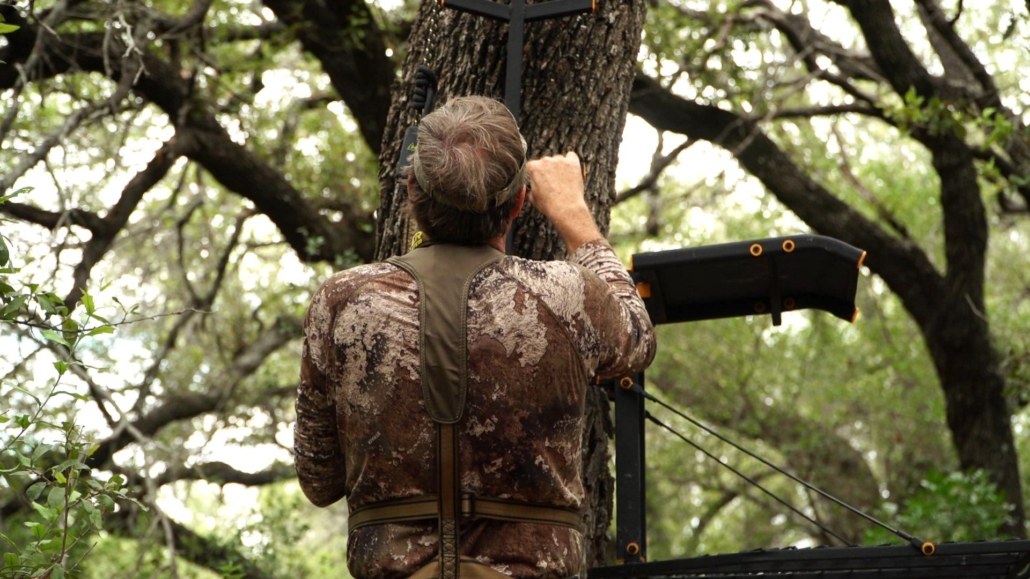
Inspecting your gear is another vital aspect of tree stand safety. Over time, exposure to the elements can weaken straps, buckles, and other components. Before each hunt, thoroughly check for signs of wear and tear, such as fraying or damage caused by animals. Reinforce any weak points by adding extra straps, and always perform a pull test to ensure everything is secure. When climbing, remember to keep your safety harness and lifeline attached at all times, even during setup and takedown.
Communication is Key
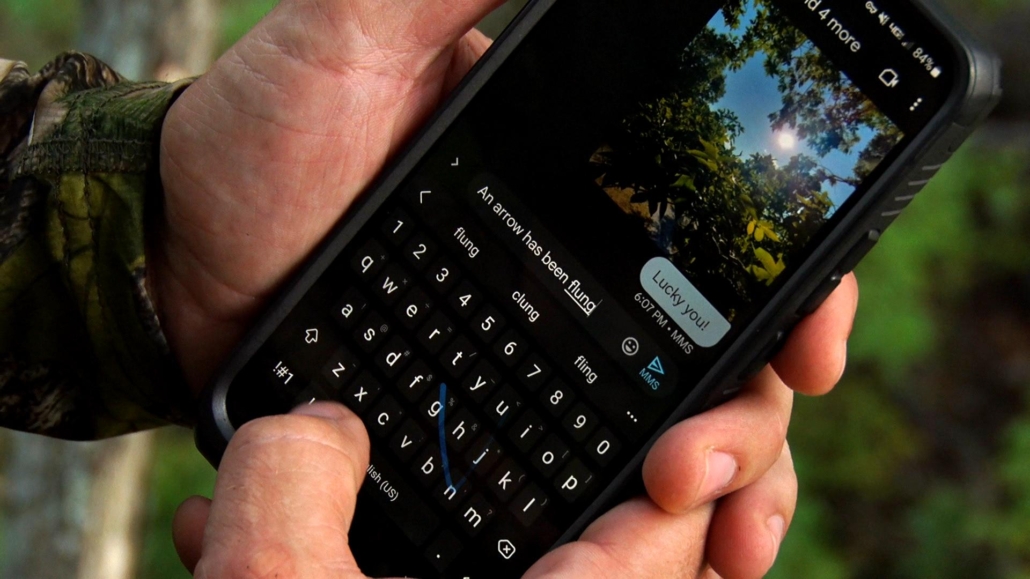
While safety equipment is essential, communication also plays a critical role in keeping you safe. Always inform someone of your hunting location and plans, even if you’re hunting alone. Let your family or friends know which stand you’ll be in, and keep a text chain active with fellow hunters in the area. In case of an emergency, this information can help others locate you quickly. If you’re hunting in a remote area without cell service, leave a note in your vehicle with details about your whereabouts.
Climbing with Caution
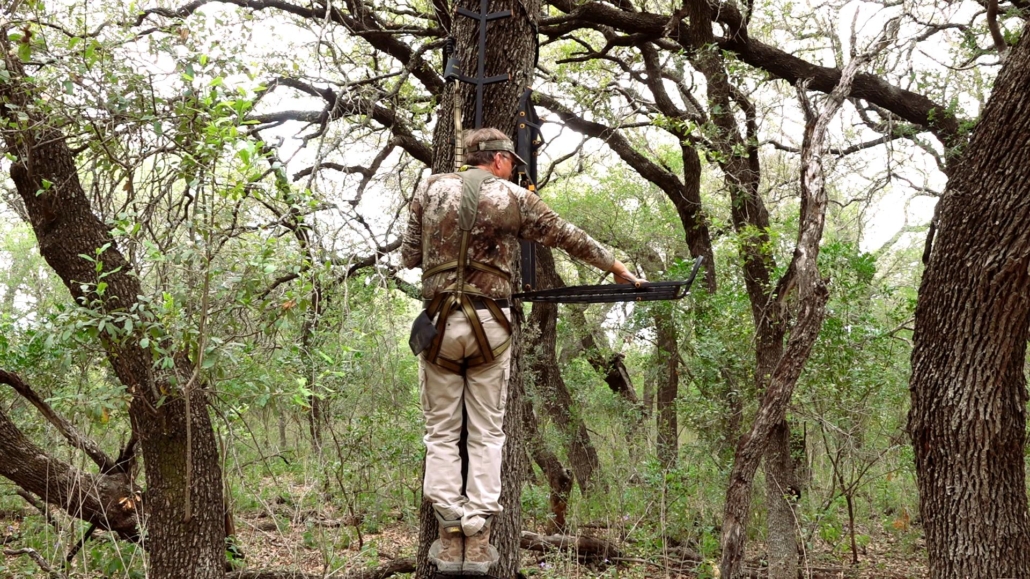
As you climb up to your stand, always maintain three points of contact—whether it’s two hands and one foot, or two feet and one hand. This rule minimizes the risk of losing your balance. Keep your lifeline moving up with you as you ascend, and never rush the process. Once you reach the stand, make sure everything is secure before hauling your gear up.
When it’s time to descend, reverse the process carefully. Continue using your lifeline and keep your focus on safety until you’re back on the ground. Only detach your safety harness when both feet are firmly planted.
A Safe Hunt is a Successful Hunt
At the end of the day, the goal is to have a successful hunt, whether that means tagging a buck, a doe, or simply enjoying the experience. However, the most important outcome is making it home safely. By following these tree stand safety tips, you can ensure that your next hunting trip is both enjoyable and secure.

